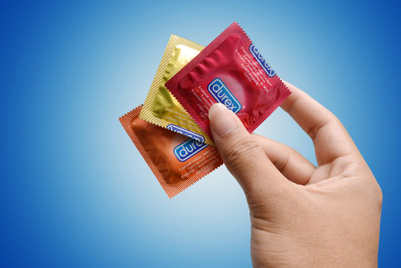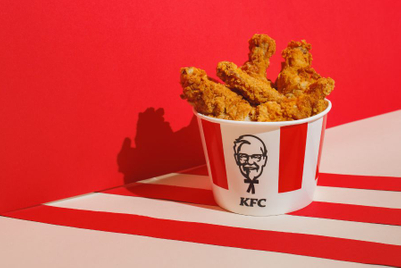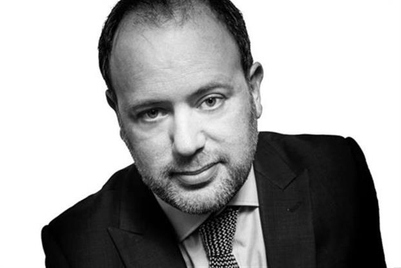
Last month's required reading for creative agency leaders wasn't the latest campaign news or pitch update. Ian Whittaker's analysis of creative agency's commercial precarity was the piece to digest, if not enjoy.
Despite the rising advertising tide – the result of structural change rather than just the post-pandemic "V" – Whittaker observed that most creative agency margins are "single digit, at best", increasingly propped up by healthier margins at sister media operations.
It would appear that advertising's traditional "value-adders" – if only because creative quality has historically been more of a swing item on the client effectiveness ledger – are no longer capturing much of that value for themselves.
"Single digit, at best" is not good. Margin is the cash destined for re-investment, distribution or rainy day reserves. Viewed another way, it's a dispassionate measure of our value to clients. Margin matters.
The pantomime villains of this state of affairs are well documented: from the procurement folk buying agency services the way they source paper clips, to the marketers who have failed to market marketing in their organisations.
But creative agencies can be co-authors of their misfortune, too, whether that's by warming their hands on too many pro bono opportunities (margin-dilutive by definition) or by an overreliance on pitching to develop their business.
Pitch prizes used to be large enough to warrant the all-consuming effort required and the mass distraction from existing client commitments (and to justify potential defeat): 17.65% of the media budget, to be precise, for what was generally – if informally – agreed to be at least a three-year term.
Many, of course, still are, especially at regional or global level. Domestically, alas, today's prize can often be a project, rather than "the account", and/or a fee beaten down to the lowest competitive bid.
Despite that, the pitch remains our industry's primary "supplier selection" modus operandi, and about as asymmetrical a process as you will find. (Few pitch procedures have slimmed down to reflect the new reality.) God bless the rare client who offers a pitch fee and – rarer still – the few agencies who ask for one.
The day after Whittaker's column was published, Fever-Tree and Lucky Generals announced their decision to part company after 18 months: two apparently well-matched brands citing "creative differences" that surely should have been ironed out or at least stress-tested by either party at pitch.
I declare an interest here, because it turns out that last year's full-blooded contest between "Luckys" and MullenLowe – with all that weekend work, the late-night takeaways, the production favours called in along the way, the run-throughs and rehearsals – was apparently fought for the right to make one, unremarkable TV ad. (A field of just two agencies and a highly engaged founder pitch plus points that should, in fairness, be noted.)
Agencies are increasingly aware, I'm told by intermediaries, of just how corrosive an overreliance on pitches can be: there's a new reticence about participation apparently, or at least a determination not to spread one's efforts too thinly. Me, I'm not so sure, albeit some of the newer start-ups are building their book more assiduously, wary of the opportunity cost that each pitch presents.
New remuneration models and new agency models have been talked about for years, but the vast majority of agencies still make their money from time-based fees and bet on pitches for growth. Whittaker's margin data suggests that plan is not a winning one. So perhaps it's time to rip two pages from our client playbook instead, and take a little of the medicine we prescribe to others.
Agencies are often at pains to remind their clients of two things: the commercial power of strong brands and the critical importance therefore of brand or "upper funnel" marketing activity. We even have a handy statistic to guide the latter conversation: resource should be allocated 60/40 in favour of brand (upper funnel|), rather than activation (bottom).
It seems we are less good at following that advice ourselves, however. The shoemaker's children go barefoot.
It's true that some agency brands remain strong, of course, but we'd likely all name the same handful – new and old – and conclude that at least some of the latter seem less potent than they once were.
Less contentious, perhaps, is creative agencies' own dedication to the 60/40 rule. Routinely found in activation (pitch) mode rather than "brand", their ratio is likely the reverse, or worse.
It's time for agencies to do some funnel juggling of their own: by pitching less freely and committing at least some of that resource to proper contemplation and promotion of your brand. You can book the rest as margin. Physician, heal thyself.

Laurence Green was co-founder of Fallon London and 101. He is now an independent adviser to creative businesses


+(900+x+600+px)+(3).png&h=334&w=500&q=100&v=20250320&c=1)
+(900+x+600+px).jpg&h=334&w=500&q=100&v=20250320&c=1)
.jpg&h=334&w=500&q=100&v=20250320&c=1)


.jpg&h=334&w=500&q=100&v=20250320&c=1)
+(900+x+600+px).png&h=334&w=500&q=100&v=20250320&c=1)

+(900+x+600+px)+(1).png&h=334&w=500&q=100&v=20250320&c=1)





.jpg&h=268&w=401&q=100&v=20250320&c=1)


